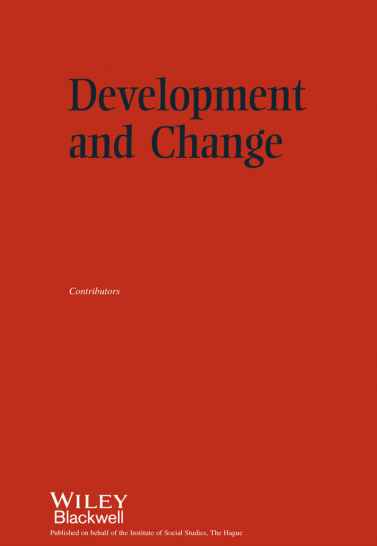Abstract:
Restrictive immigration policies and the militarization of external border controls by the US and the EU have failed to significantly curb immigration from Latin America and Africa. Rather, they have led to greater reliance on increasingly risky and costly irregular migration and have paradoxically encouraged permanent settlement. A commonly presented ‘smart solution’ to curb immigration is to address the perceived root causes of migration through increasing aid or liberalizing trade with origin countries. Recently, policies to stimulate remittances and to promote temporary and circular migration have also been advocated as enhancing home country development, so that these forms of migration become a medicine against illegal and permanent migration. However, besides the limited scope and credibility of such policies, empirical and theoretical evidence strongly suggests that economic and human development increases people's capabilities and aspirations and therefore tends to coincide with an increase rather than a decrease in emigration, at least in the short to medium term. Under unfavourable conditions, trade, aid and remittances can be complements to, rather than substitutes for, migration also in the longer term. At the same time, demand for both skilled and unskilled migrant labour is likely to persist. Trade, aid, return migration and remittances are no short‐cut ‘solutions’ to migration, and sustained immigration therefore seems likely.

